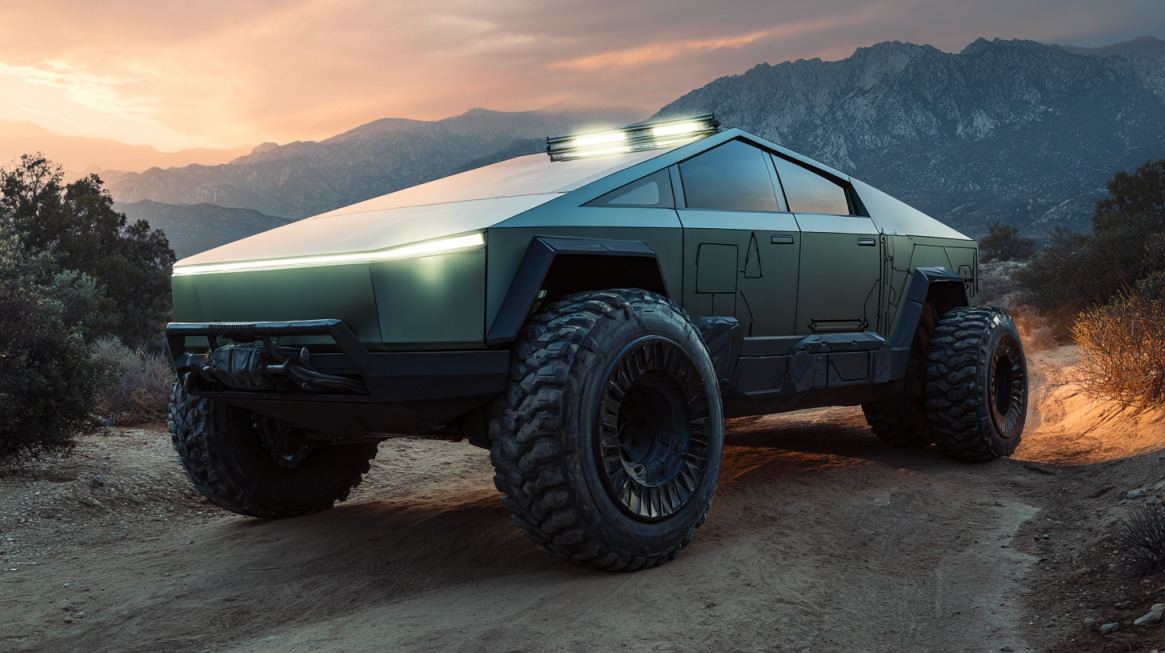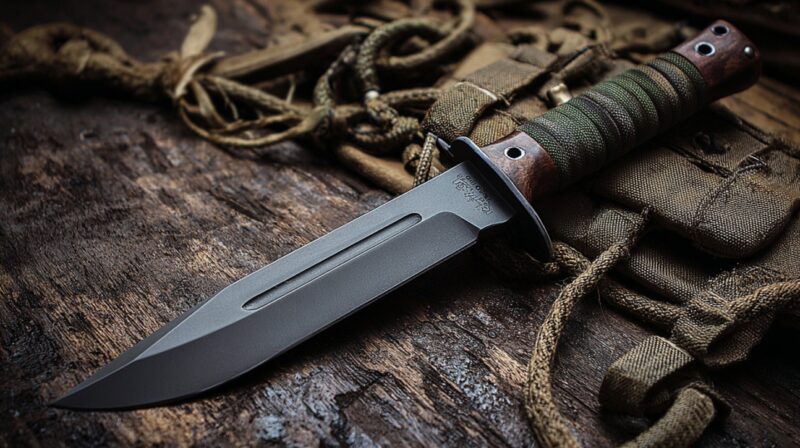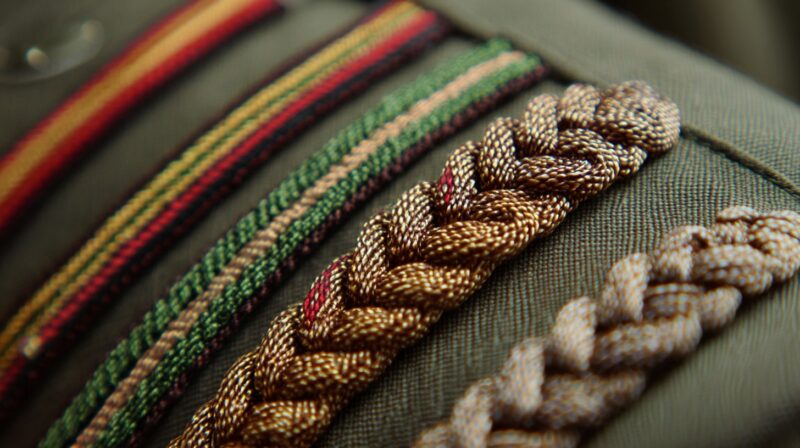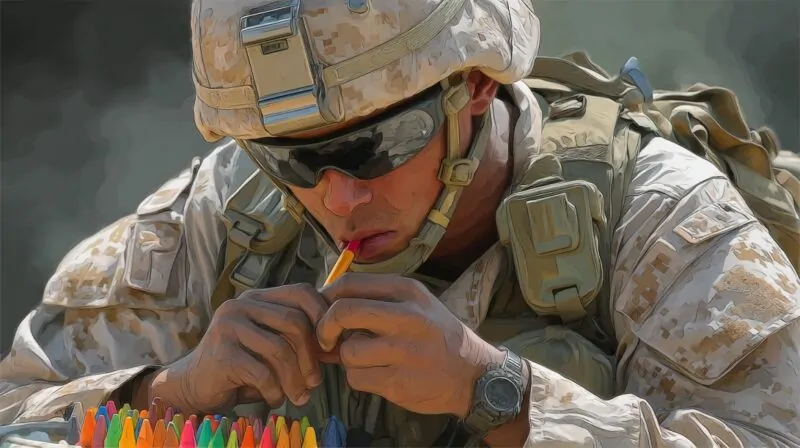Tesla’s Cybertrucks rolled onto the scene with a bold, angular design that made waves instantly.
With claims of space-age materials and armored durability, it didn’t just look futuristic, it was marketed as practically invincible.
Elon Musk, never short on spectacle, told the world it was bulletproof. But hype and reality often clash. Consumers care about safety, and marketing claims like these can carry serious weight.
Table of Contents
ToggleWhat Independent Testing Shows
Cybertrucks provide some level of bullet resistance, but they lack the certified protection required to qualify as bulletproof. Tesla’s Cybertrucks have drawn massive attention for their futuristic look and supposed armor-like resilience.
After Elon Musk claimed the vehicle could withstand bullets, many enthusiasts and experts wanted to see if reality matched the hype.
Various independent tests, ranging from Tesla’s in-house demonstrations to full-throttle YouTuber experiments, have attempted to provide clarity.
Tesla’s In-House Test Analysis
@dailymail Elon Musk has long boasted that his Cybertrucks are bulletproof, but Dante Colle saw disastrous results when he decided to test this on his own $100,000 Tesla. 🎥X/HippieGQ_ #tesla #cybertruck #elonmusk #car #fail ♬ original sound – Daily Mail
Tesla showcased its confidence in the Cybertruck’s durability through controlled in-house testing.
Footage shared during official presentations and later analyzed by Hooniverse revealed multiple firearms being used on the truck’s body panels:
| Weapon | Caliber/Type | Observed Outcome |
|---|---|---|
| Glock 26 | 9mm | Caused surface dents; did not penetrate exterior |
| MP5SD (suppressed) | 9mm (suppressed) | Caused surface dents; low penetration due to suppression |
| Thompson submachine gun | .45 ACP | Caused surface dents; failed to penetrate |
| Benelli M4 | 12-gauge shotgun | Caused surface dents; did not breach stainless steel panel |
While the results showed promise against some weapons, analysts raised concerns:
- Use of low-penetration rounds, especially from suppressed firearms.
- Shooting distances extended far enough to reduce impact force.
- Testing lacked conditions simulating real-life threats or close-quarter fire.
Conclusion? Basic resistance to common handguns was confirmed, but the testing parameters appeared to be designed to showcase the best-case scenario.
YouTuber Tests and Real-World Simulations
Independent testers and influencers took matters into their own hands.
Among the most comprehensive was a video test by YouTuber JerryRigEverything, who shot at the door panel using a variety of calibers:
- .22 LR
- 9mm
- .17 HMR
- .223 (AR-15)
- .50 BMG rifle
Penetration Results:
- .22 LR and 9mm failed to penetrate.
- .17 HMR and .223 pierced the panel.
- .50 BMG cleanly penetrated both sides of the door.
These results presented a more sobering assessment. While Cybertrucks can handle basic handgun fire better than a traditional vehicle, it cannot resist high-powered rifle rounds.
What Tesla Claims About Bullet Resistance
Cybertruck’s body uses 301 stainless steel, the same alloy SpaceX references in its development documentation.
With 3 mm thick panels, the construction immediately separates it from standard automotive design. Tesla’s pitch: a road-ready vehicle capable of enduring gunfire.
- 301 stainless steel
- 3 mm thick body panels
- Shared material history with SpaceX
Elon Musk stated that Cybertrucks could stop bullets from 9mm handguns and even heavier .45 ACP rounds. At the 2019 debut, a demonstration aimed to support this claim. Tesla’s design chief, Franz von Holzhausen, swung a sledgehammer at the side panels with minimal visible damage.
However, an “Armor Glass” test involving a steel ball ended with a shattered window, instantly going viral online.
@rosssmith Testing The Cybertruck’s Strength 🛻 @ur fav 💘 #cybertruck #tesla ♬ Funkytown (From “Shrek 2”) – Geek Music
- Body panels absorbed sledgehammer blows
- Armor Glass test failed on stage
- Social media spotlight shifted to the broken window
Tesla later released a 2023 video showing gunfire tests in a controlled facility. Cybertrucks reportedly withstood rounds from multiple firearms. Results included surface dents but no full penetration of the steel panels.
The footage also aimed to confirm earlier statements that windows could stop 9mm rounds, although no third-party data has verified this.
Tesla describes its Armor Glass as laminated and designed for shatter resistance, but there’s no official certification or independent verification. That leaves observers questioning what’s proven performance and what might be marketing showmanship.
- No external ballistic certification
- Real-world durability under repeat fire unknown
- Consumer trust varies due to past demo failures
In the end, while Cybertruck presents itself as part vehicle, part tank, it remains to be seen how much of its defensive strength translates into real-world protection. For now, the debate continues between enthusiastic fans and skeptical critics.
Expert Opinions on Ballistic Protection
Industry specialists offer a clear critique of Cybertruck’s ballistic strength. Mark Burton, affiliated with Armormax, renowned for equipping civilian and military vehicles with professional-grade armor, disputes Tesla’s narrative entirely.
He emphasizes that stainless steel, though visually imposing, is a poor substitute for certified ballistic materials.
- Stainless steel lacks tensile flexibility and fragmentation absorption.
- Ballistic-grade materials include air-hardened steel and composite laminates.
- Stainless steel deforms upon impact, risking injury inside the cabin.
- Proper armor absorbs and disperses energy through a layered design.
Burton stresses that certified armor is engineered to manage kinetic energy safely, something the Cybertruck’s flat stainless steel panels fail to do. He also notes the absence of National Institute of Justice (NIJ) and EN 1063 certifications, a baseline requirement for marketing a product as bullet-resistant.
Legally, no professional firm can call a material bulletproof without them.
Takeaway: Real ballistic defense requires reinforced seams, layered armor, and certified construction, none of which are documented in Tesla’s public specifications.
The Role of Armor Glass
Tesla’s “Armor Glass” drew global attention when it shattered during a 2019 demo, despite claims of high resistance. According to Tesla, the window was designed to withstand small-caliber bullets and blunt force.
Elon Musk later stated that it could stop a 9mm round, but external verification remains absent.
- Armor Glass is said to be a laminated composite.
- No third-party ballistic certification has been disclosed.
- Certified ballistic glass uses polycarbonate layers tested across multiple angles and calibers.
Several online testers attempted to verify Tesla’s claims by firing at replica panels. Results ranged widely. Some surfaces deflected minor impacts, while others cracked under low-caliber fire. Direct shots often compromised the structure.

- Lack of consistent, verified results.
- No public release of standardized testing or controlled evaluations.
- Tesla’s claims appear exaggerated for marketing impact.
Bottom line: Without third-party certification or repeated stress testing, the bullet resistance of Armor Glass remains speculative.
Limitations and Safety Implications
Cybertrucks present an aggressive appearance, but their safety limitations are apparent under scrutiny.
While it may resist surface dents or low-impact forces, it does not meet the construction standards required for actual ballistic protection.
- No visible reinforcement in roof, tailgate, or underbody.
- Panel seams and structural joints could allow penetration.
- Laminated glass and exterior panels degrade with repeated hits.
- High-caliber rounds like .308 Winchester or 5.56 NATO can pierce the body.
More importantly, Cybertruck was never built for military or law enforcement operations. It is a commercial electric vehicle targeting consumers drawn to rugged style and novelty, not battlefield readiness.
- Better than standard consumer vehicles in terms of exterior toughness.
- Not a substitute for an armored SUV or sedan with professional-grade protection.
- Marketing claims risk giving drivers a false sense of security.
@itsnickholiday The cyber truck is now being used for military forces in battle #CyberTruck #russia #ukraine #war ♬ original sound – ItsNickHoliday
So, Is the Cybertruck Bulletproof?
No. Cybertrucks are bullet-resistant under limited conditions but do not meet the standards required to be called bulletproof. It performs well against handgun rounds like 9mm or .22 LR at moderate distances. But rifle-caliber rounds, high-powered rifles, and repeated shots quickly expose its weaknesses.
Material strength alone does not equal protection. Without certified ballistic ratings, professional-grade armoring techniques, or consistent results against a range of threats, Cybertruck falls short of being truly protective.
That doesn’t necessarily matter to most buyers. For many, the aggressive design and promise of strength are enough. But buyers should know that if safety against armed threats is a priority, other professionally armored vehicles offer much more reliable defense.
Related Posts:
- Does Audible Offer a Military Discount? Here’s the Truth
- What are Bulletproof Vests Made of? - Important…
- Is It Illegal to Wear a Bulletproof Vest in Texas in 2025?
- Long, Fascinating, and Fruitful History of the…
- How Long Is Coast Guard Boot Camp - The Truth Behind…
- Is There a Military Discount at Chipotle? We Found the Truth







